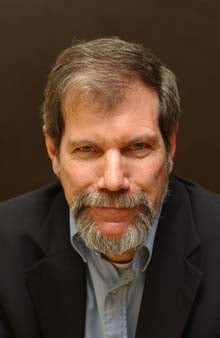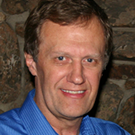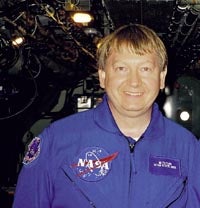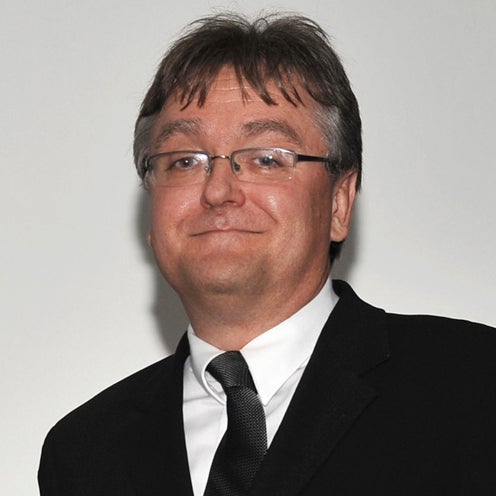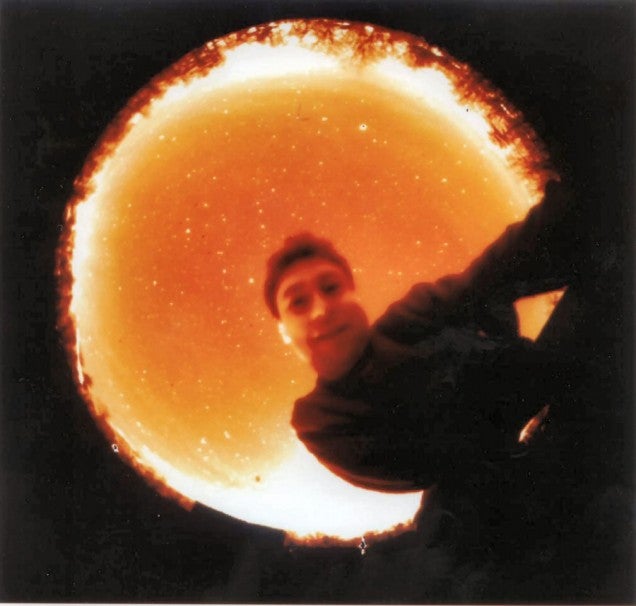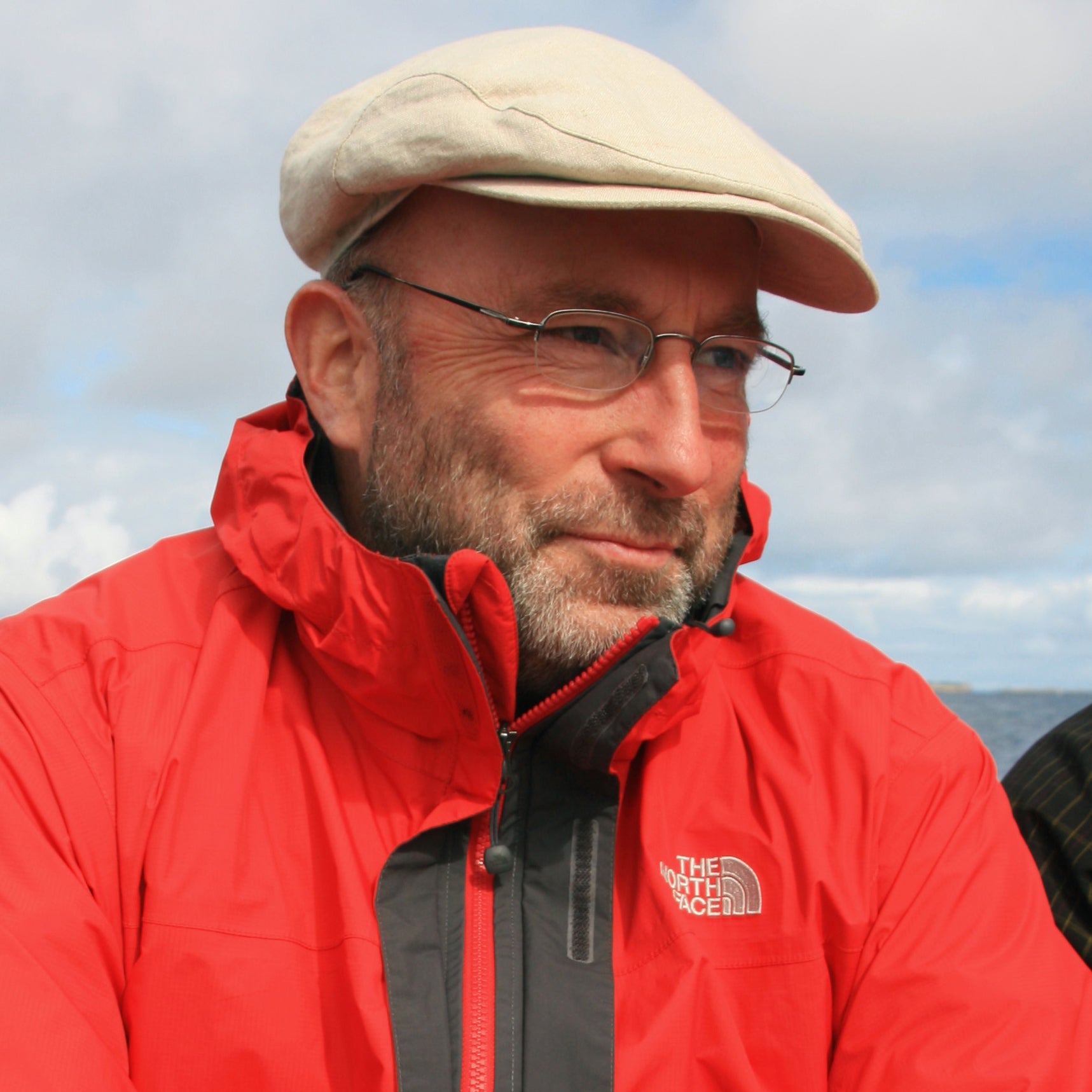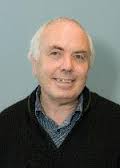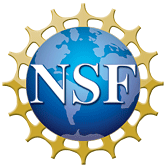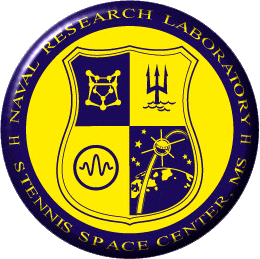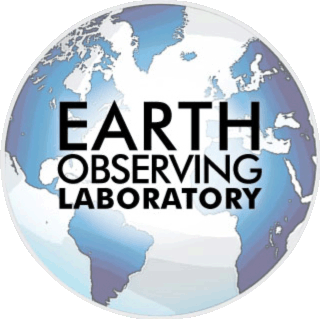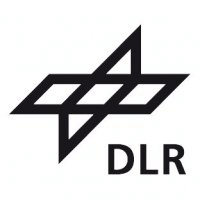| INTERNATIONAL COLLABORATING ORGANIZATIONS |
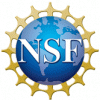 |
 |
 |
 |
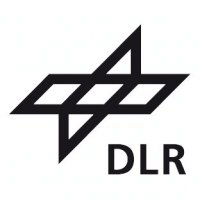 |
 |
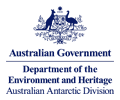 |
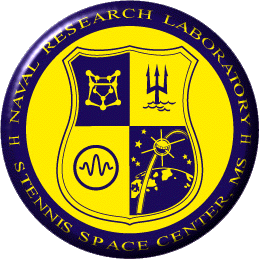 |
| INTERNATIONAL TEAM OF PRINCIPAL INVESTIGATORS |
 Dave Fritts has worked in a number of areas in atmospheric dynamics, having broad experience with both theoretical and experimental activities. Dave received a Ph.D. in physics from the University of Illinois in 1977. Following postdoctoral appointments with NCAR and the NOAA Aeronomy Laboratory, he spent 15 years as a professor at the Universities of Alaska and Colorado and 7 years in corporate research.
Dave Fritts has worked in a number of areas in atmospheric dynamics, having broad experience with both theoretical and experimental activities. Dave received a Ph.D. in physics from the University of Illinois in 1977. Following postdoctoral appointments with NCAR and the NOAA Aeronomy Laboratory, he spent 15 years as a professor at the Universities of Alaska and Colorado and 7 years in corporate research.
>> Read more
 Prof. Ron Smith leads Yale's program in mesoscale meteorology and regional climate. This program includes 1) atmospheric fluid dynamics emphasizing density-stratified rotating fluid dynamics and applied mathematics, 2) observations of the atmosphere using special research aircraft, balloons and satellite, 3) hydrometeorology using stable isotopes of water and theories of evaporation and rain, 4) satellite remote sensing of landscape changes and climate sensitivity.
Prof. Ron Smith leads Yale's program in mesoscale meteorology and regional climate. This program includes 1) atmospheric fluid dynamics emphasizing density-stratified rotating fluid dynamics and applied mathematics, 2) observations of the atmosphere using special research aircraft, balloons and satellite, 3) hydrometeorology using stable isotopes of water and theories of evaporation and rain, 4) satellite remote sensing of landscape changes and climate sensitivity.
>> Read more
Mike Taylor :: Utah State University
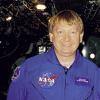 Mike Taylor is a Professor of Physics at Utah State University and specializes in optical remote sensing measurements of the atmosphere. He has developed and utilized several high-performance imaging systems to investigate a broad range of atmospheric phenomena including gravity waves, tides, polar mesospheric clouds, equatorial and mid-latitude F region dynamics, upper atmosphere lightning and meteors. His group is actively involved in collaborative gravity wave studies using lidar, radar and airglow imagers in northern Norway, Chile and at South Pole, Antarctica. He is a Co-Investigator on the NASA Aeronomy of Ice in the Mesosphere (AIM) mission designed to study polar mesospheric clouds and gravity wave effects in the summer mesosphere. For the DEEPWAVE Mission his group is making ground-based and airborne measurements of gravity waves using a newly developed high-resolution Advanced Mesospheric Temperature Mapper (AMTM).
Mike Taylor is a Professor of Physics at Utah State University and specializes in optical remote sensing measurements of the atmosphere. He has developed and utilized several high-performance imaging systems to investigate a broad range of atmospheric phenomena including gravity waves, tides, polar mesospheric clouds, equatorial and mid-latitude F region dynamics, upper atmosphere lightning and meteors. His group is actively involved in collaborative gravity wave studies using lidar, radar and airglow imagers in northern Norway, Chile and at South Pole, Antarctica. He is a Co-Investigator on the NASA Aeronomy of Ice in the Mesosphere (AIM) mission designed to study polar mesospheric clouds and gravity wave effects in the summer mesosphere. For the DEEPWAVE Mission his group is making ground-based and airborne measurements of gravity waves using a newly developed high-resolution Advanced Mesospheric Temperature Mapper (AMTM).
>> Read more
James Doyle :: Naval Research Laboratory
 In Doyle's 20-year professional career, his research has resulted in significant scientific advancement in the Navy's understanding of terrain-induced gravity waves, micro-structure of leeside rotors, numerical methods, and adjoint-based mesoscale predictability. Besides his modeling work, he served in leadership roles in the MAP, T-REX and TCS-08 field projects. He served and chaired on one or more AMS Committees, and as an associate editor and editor of the Monthly Weather Review. "Doyle's scientific contributions and service to the scientific community rank in my opinion among the highest of all AMS members," says Dr. Simon Chang, superintendent of NRL's Marine Meteorology Division.
In Doyle's 20-year professional career, his research has resulted in significant scientific advancement in the Navy's understanding of terrain-induced gravity waves, micro-structure of leeside rotors, numerical methods, and adjoint-based mesoscale predictability. Besides his modeling work, he served in leadership roles in the MAP, T-REX and TCS-08 field projects. He served and chaired on one or more AMS Committees, and as an associate editor and editor of the Monthly Weather Review. "Doyle's scientific contributions and service to the scientific community rank in my opinion among the highest of all AMS members," says Dr. Simon Chang, superintendent of NRL's Marine Meteorology Division.
>> Read more
Steve Ekermann :: Naval Research Laboratory
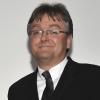
Dr. Eckermann received his B.Sc. in 1985 and his Ph.D. in 1990, both degrees in Physics from the University of Adelaide, Australia. From 1990 to 1992, he served at the University of Oxford with a Royal Society of London Endeavour Fellowship. Next he worked at the University of Adelaide as an Australian Research Council Postdoc from 1992 to 1994. Dr. Eckermann came to work at Computational Physics, Inc. in Fairfax, VA, from 1994 to 1998. Then in 1998, he joined NRL working in the Space Science Division.
>> Read more
Steve Smith :: Boston University
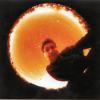 Steve's research interests are imaging and studying gravity-wave activity in the night-time mesosphere; imaging and study of the lunar sodium tail.
Steve's research interests are imaging and studying gravity-wave activity in the night-time mesosphere; imaging and study of the lunar sodium tail.
>> Read more
Andreas Dörnbrack :: DLR - Institut für Physik der Atmosphäre
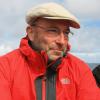 Andreas Dörnbrack is an expert in the impact of gravity waves on the formation of higher tropospheric and stratospheric clouds which he has been studying by analyzing atmospheric measurements and conducting numerical simulations. Over the past 15 years, he has collected broad experience in supporting and leading aircraft based field campaigns. He was the PI of the first aircraft campaign using Doppler wind lidars for targeted observations, e.g., and he was the CoPI for the wind lidar observations during the Terrain-Induced Rotor experiment 2006 in Sierra Nevada, CA. In 2013, he led the aircraft field campaign Gravity Wave - Life Cycle (GW-LCYCLE), a predecessor and test campaign for DEEPWAVE.
Andreas Dörnbrack is an expert in the impact of gravity waves on the formation of higher tropospheric and stratospheric clouds which he has been studying by analyzing atmospheric measurements and conducting numerical simulations. Over the past 15 years, he has collected broad experience in supporting and leading aircraft based field campaigns. He was the PI of the first aircraft campaign using Doppler wind lidars for targeted observations, e.g., and he was the CoPI for the wind lidar observations during the Terrain-Induced Rotor experiment 2006 in Sierra Nevada, CA. In 2013, he led the aircraft field campaign Gravity Wave - Life Cycle (GW-LCYCLE), a predecessor and test campaign for DEEPWAVE.
>> Read more
Michael Uddstrom :: National Institute of Water and Atmospheric Research

Michael is a Principal Scientist at the National Institute of Water & Atmospheric Research (NIWA) where he leads New Zealand’s weather related hazards forecasting research effort. This research is focused on improving the accuracy of forecasts of weather, river-flood, flood inundation, sea-state, sea-level including storm surge, and rip current hazards. He also has more than 30 years’ experience in the development of satellite algorithms for application across a wide range of science problems - from fisheries to numerical weather prediction, and manages NIWA’s supercomputing facility, which is a component of New Zealand’s National eScience Infrastructure (NeSI) project.
>> Read more
Letter from the Project Manager
DEEPWAVE EOL Facilities
GATS Airborne Lidar
DLR Facilities
NIWA Facilities
NZ Met Service Facilities
Quick Questions for DEEPWAVE PIs
Relevant DEEPWAVE PI Publications
DEEPWAVE Facilities & Platforms
